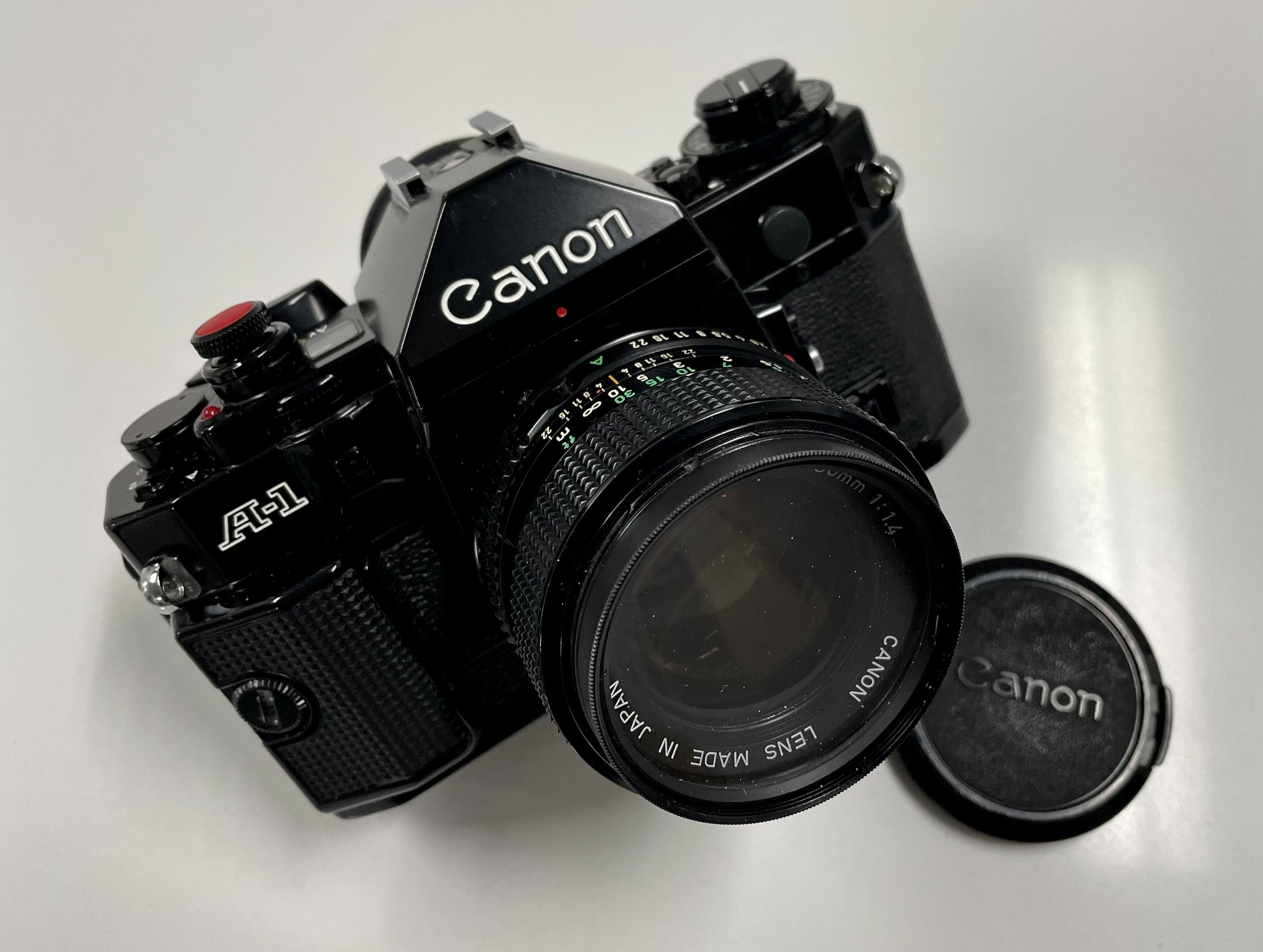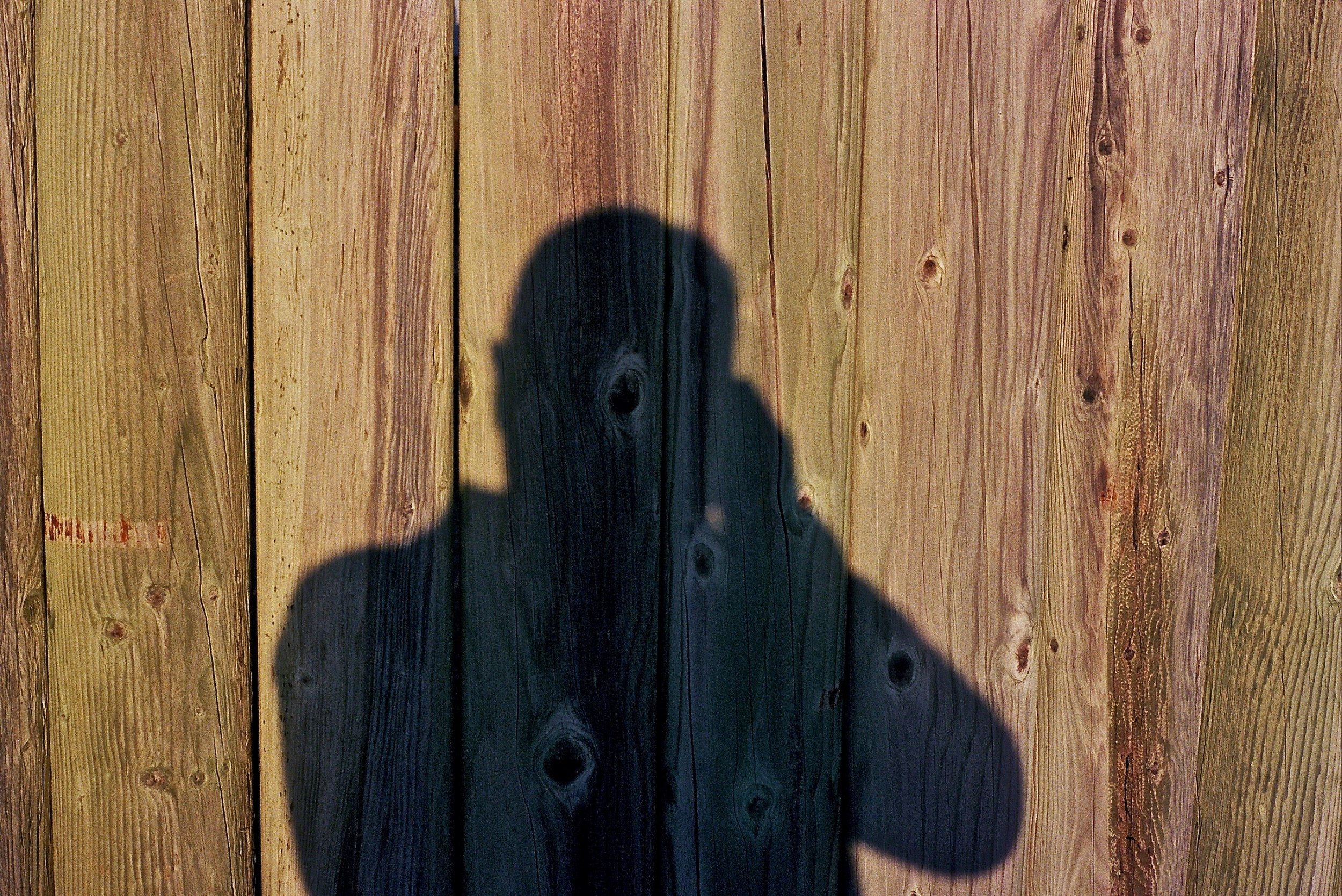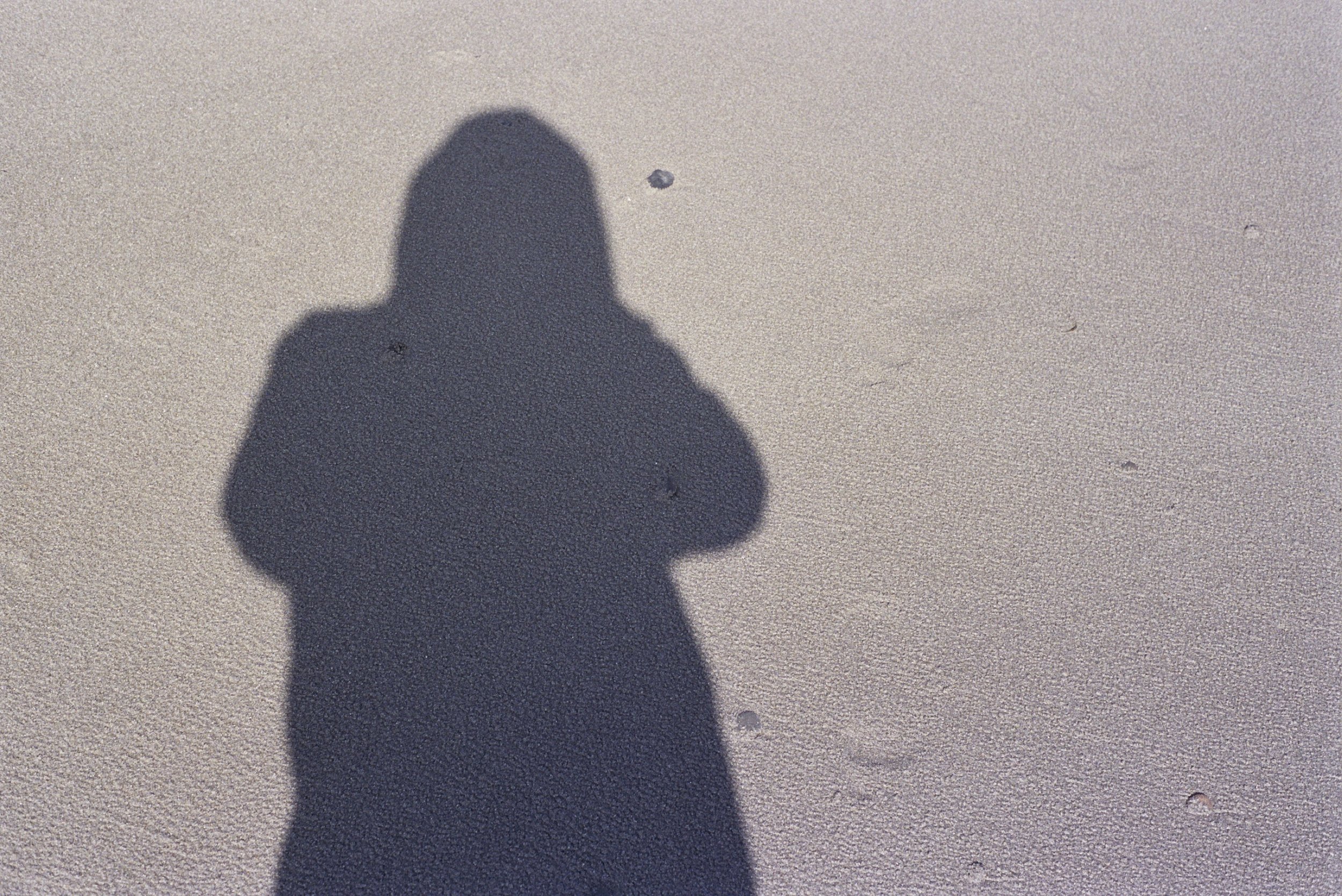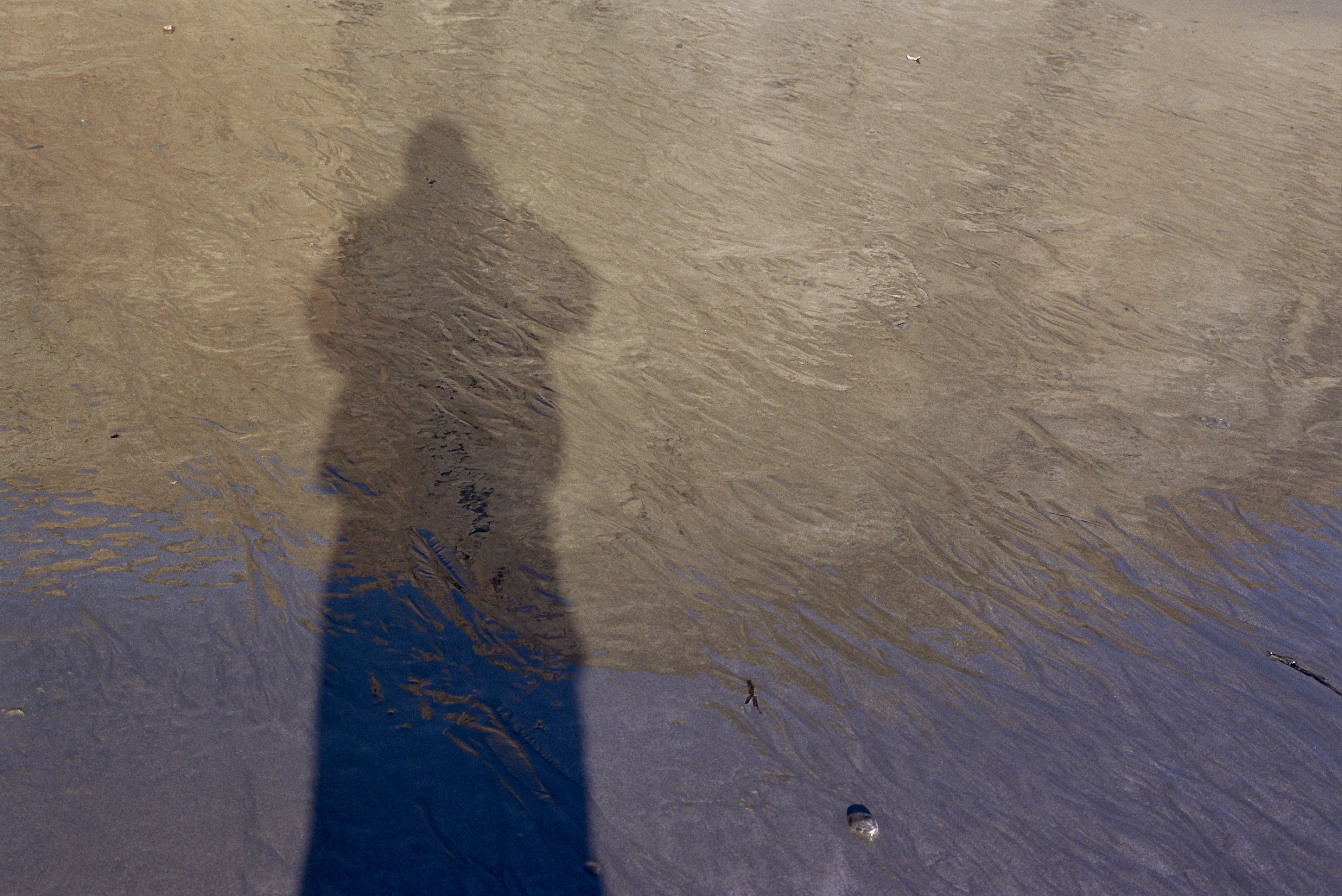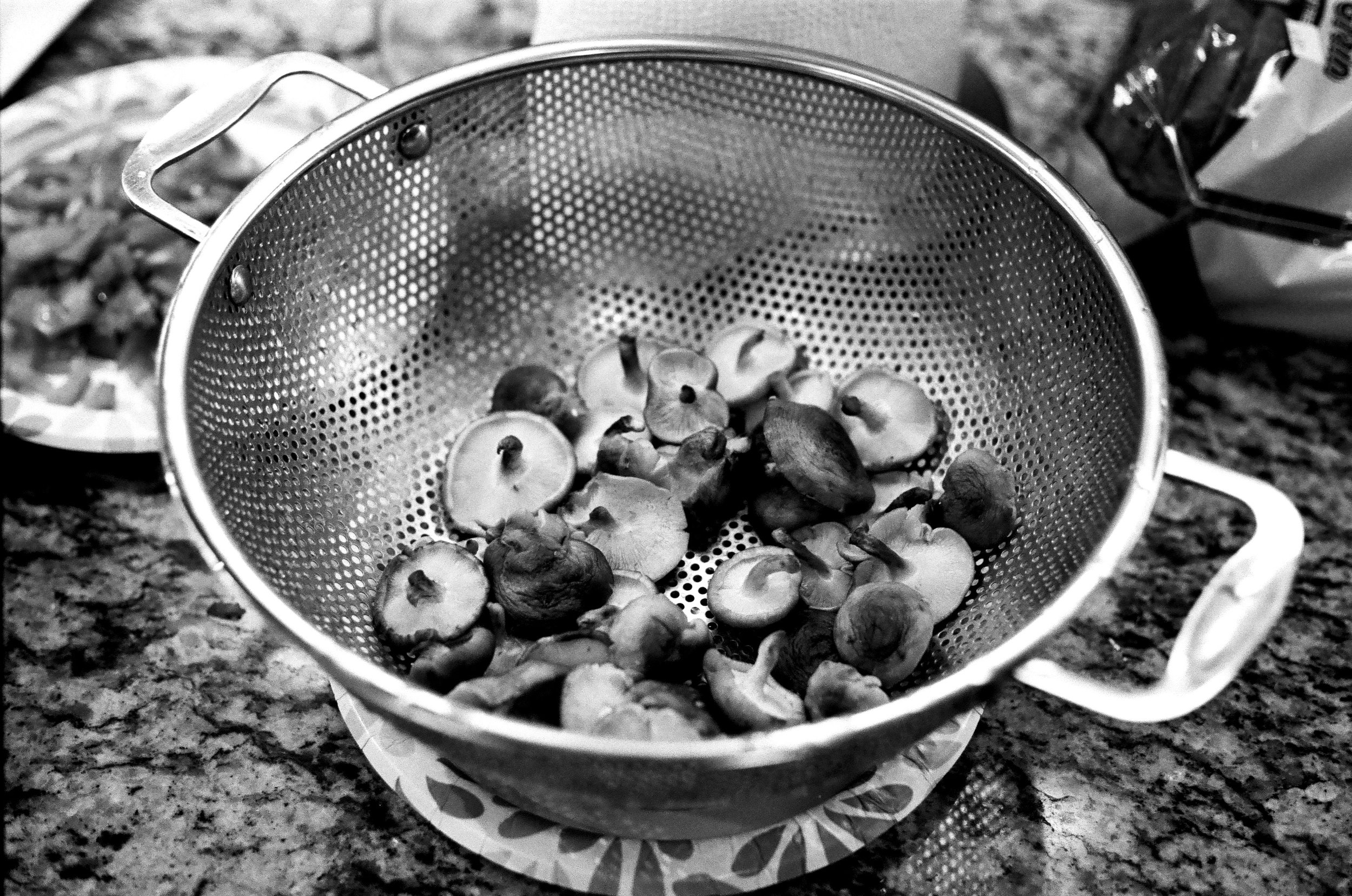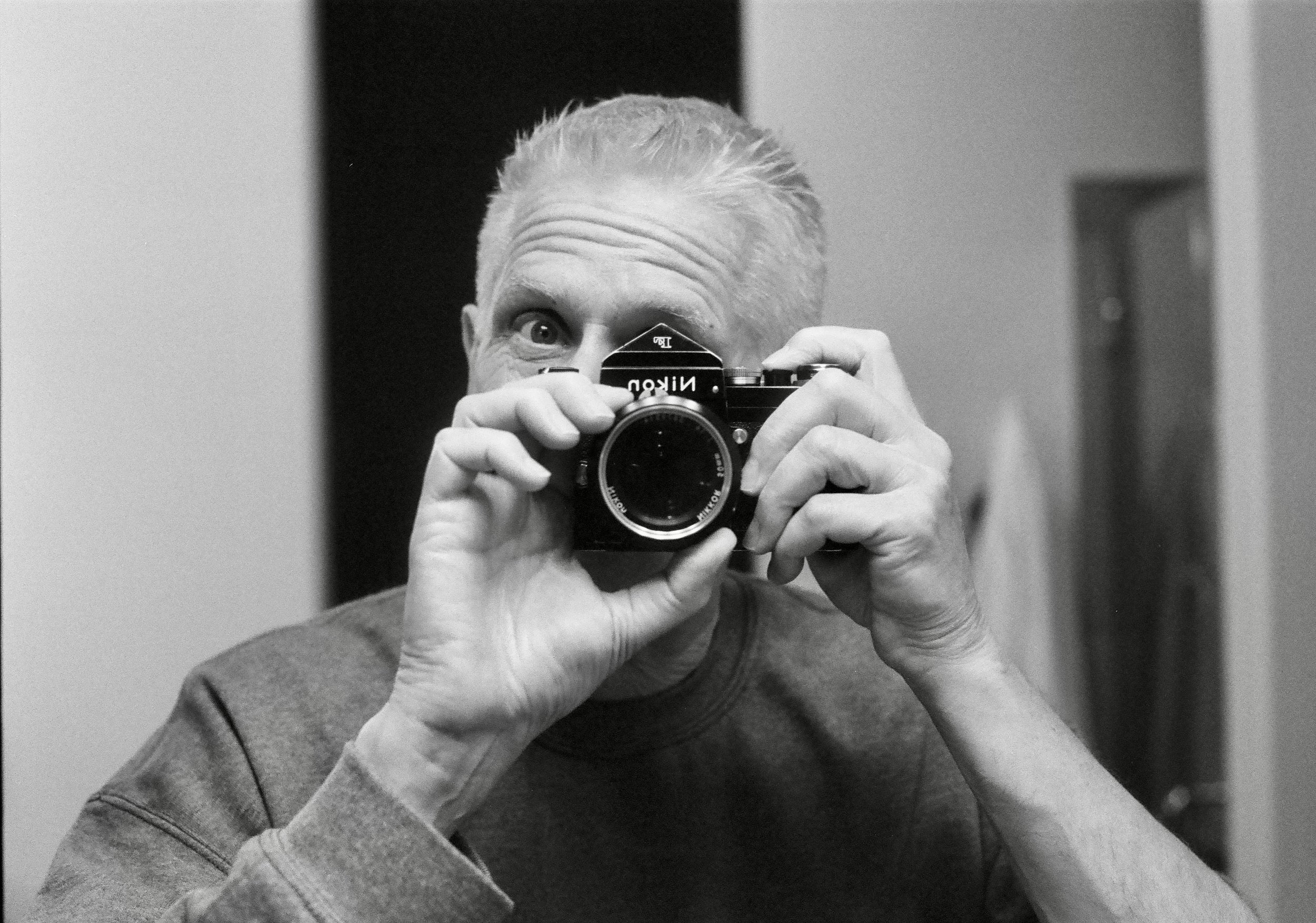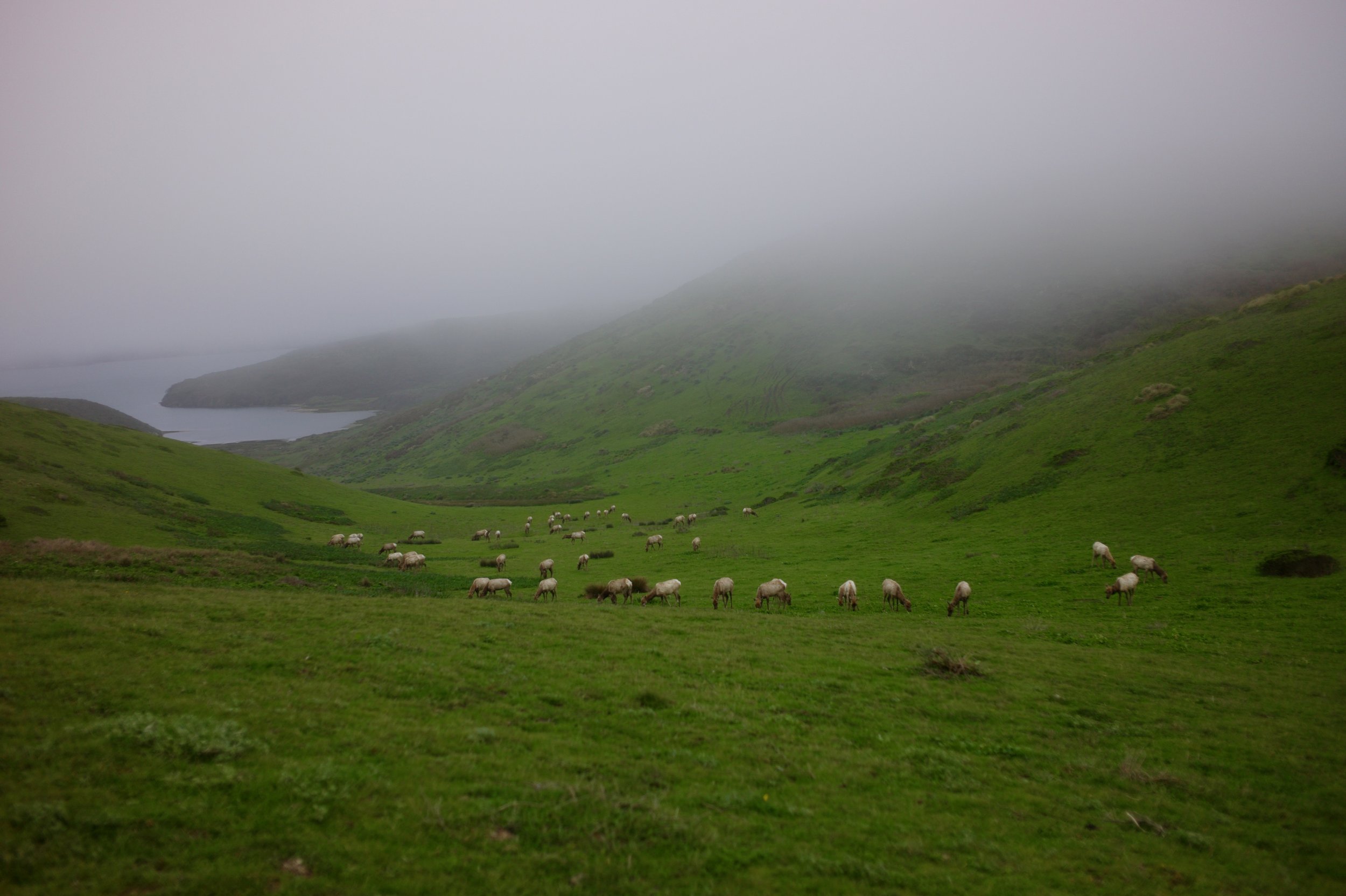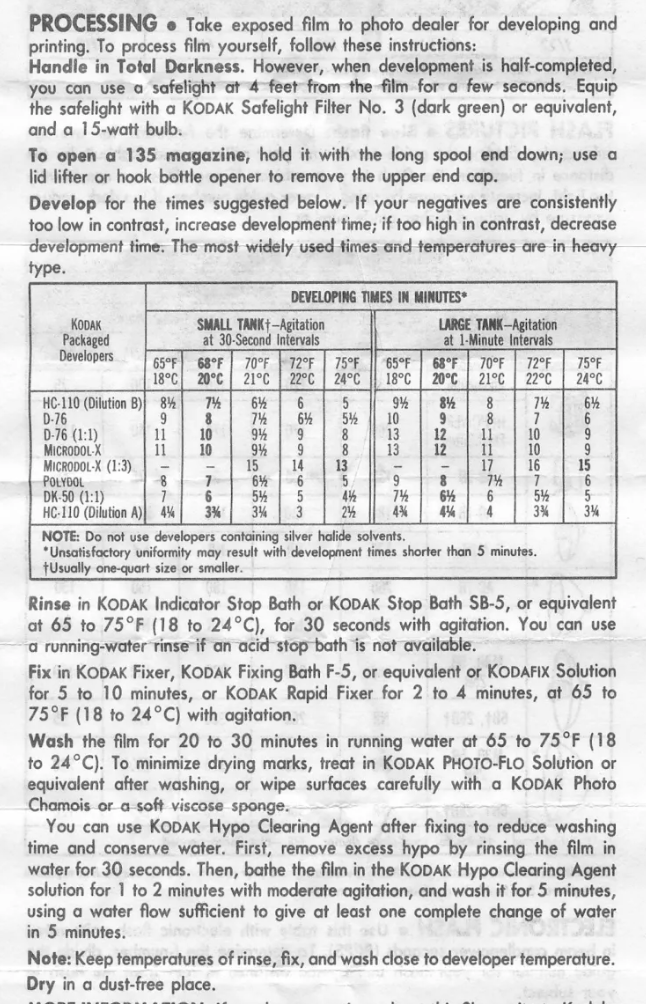Downsizing Update
This blog has rewarded me with some enriching connections with photographers in the US and around the world. I feel very fortunate to be part of an analog film community that is vibrant and healthy.
Last month, I listed six film cameras that I am selling in order to downsize my collection to just a few cameras that I regularly shoot. I sold three of the six to friends of the blog. I feel good that these cameras have gone to good homes and it will be fun to see the photos they shoot with them.
Here are the three that remain, all with price drops. Any of these would be great for someone just discovering film or for seasoned shooters as well.
Pentax K2 with 50mm f/1.7 SMC Pentax-M
Pentax K2 with 50mm f/1.7 SMC Pentax-M: The K2 was the top of the line in the K series full size Pentax SLRs. Think KX, KM or K1000 with aperture-priority auto exposure. I love the analog meter read out in the viewfinder. This copy came from a dear friend in Los Angeles who used to work for Pentax. Overall in excellent ++ condition. Lens is in similar condition. I’ve included an after-market lens hood as well. $200 + shipping.
Canon A-1 with Canon FD 50mm f/1.4
Canon A-1, 50mm f/1.4 Canon FD: Jim Holman at ICT in San Diego did a complete CLA on this A-1 last March which cost $180.55. I’ve shot it twice since then, hence my desire to see it in the hands of a friend, making amazing photos. The A-1 was the top of the line of Canon’s A-series cameras when it was introduced in 1978. It offers four exposure modes: Manual, shutter-priority, aperture-priority and a program mode where the camera does all of the work for you. I’ve tried many times to fool the meter in this camera and have never been successful, it’s that good. The information display in the viewfinder is unique to this camera with bright red shutter speed and aperture. The 50mm lens is a stellar performer. Camera comes with lens, cap and an after-market red soft release that I think looks cool. SOLD
Nikon FM2n
Nikon FM2n Black Body: I had Bellamy Hunt, the Japan Camera Hunter source this FM2n for me. Other than the FM3a, which I could never afford, I think he FM2n is Nikon’s most amazing all mechanical camera. With a top shutter speed of 1/4000th of a second and Nikon’s dependable center-weighted metering, there is really nothing this camera cannot handle. This is a camera that you can buy, shoot for a few years and then sell and probably get back what you paid for it. SOLD












